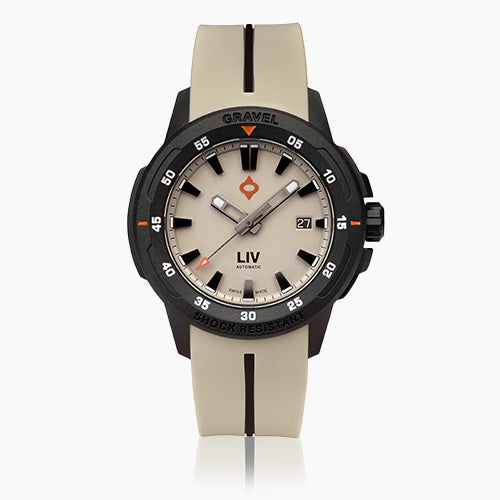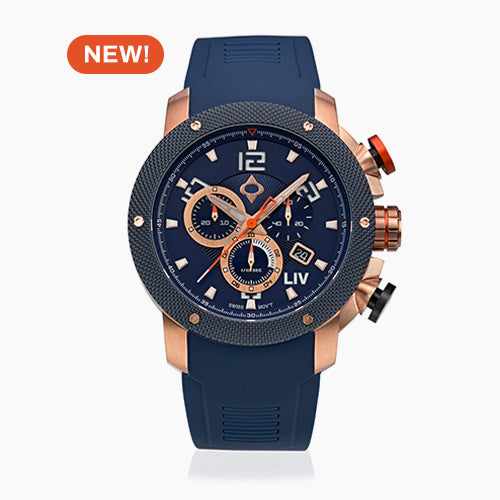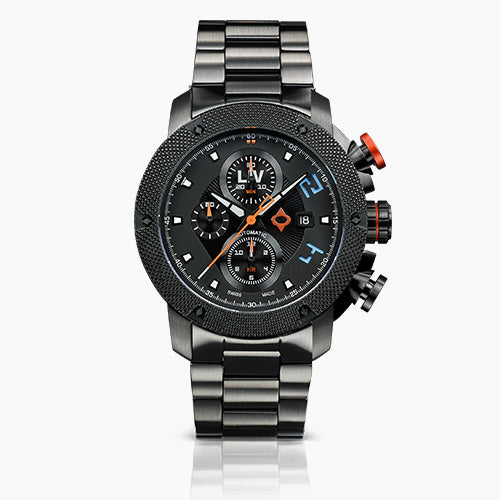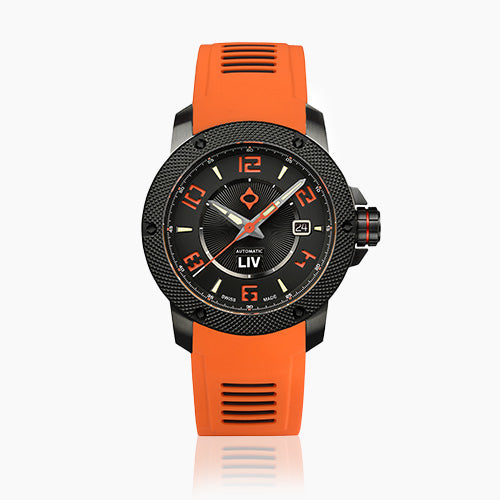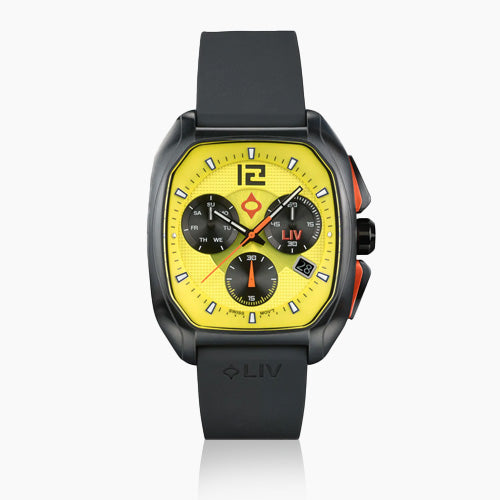![[Video] Quartz vs. Automatic Watches?! A Beginner's Guide To Swiss Watch Movements](http://www.livwatches.com/cdn/shop/articles/unnamed_efda0ac9-5632-424d-826a-992d889d1cf3.jpg?v=1637109552&width=1100)
[Video] Quartz vs. Automatic Watches?! A Beginner's Guide To Swiss Watch Movements
Share
If you’re considering adding a watch powered by an automatic movement to your collection, you may have a few questions:
- How is an automatic movement different than a battery-powered one?
- How does an automatic movement work?
- How do you maintain them and keep them running reliably?
For this video, I’m going to focus on the pragmatic details behind an automatic watch movement, and what the main points to consider are when buying a watch with one.
I’m also going to keep it high-level, for brevity’s sake; there are a lot of great articles and videos out there that go into deep detail about the technical workings of a watch movement, and we’ve got one on our blog that you should check out - check the link in the description below.
HOW IS AN AUTOMATIC MOVEMENT DIFFERENT THAN A BATTERY-POWERED ONE?
There are two main types of watch movements: battery-powered “quartz” movements, and mechanical movements.
These days, the term “mechanical” refers to a non-electrically powered watch, and itself has two main subgroups: hand-wound - what many people think of when they hear the term “mechanical” movement - or automatic, which are wound by the rotation of a rotor attached to the movement.
For watch horology enthusiasts, mechanical movements are the more interesting and desirable of the two types of movements. In practical terms, both movements accomplish the same goal through wildly different methods. Which one is more desirable depends on what you value in your watch.

A quartz movement is generally more accurate and reliable than mechanicals. There are a few reasons for this:
- First, watch batteries generally last 3-5 years, meaning that a quartz movement can go years providing uninterrupted timekeeping.
- Second, quartz movements have fewer moving parts and areas where friction or fatigue could damage the movement or influence accuracy.
- Also, the quartz technology lends itself to accuracy. Running current through quartz causes it to vibrate at a regular frequency, and the rest of the movement uses this as a reference point. The technology has more to it than that, but that’s the gist of it
Conversely, a mechanical movement is considered more desirable:
- They do not require a battery
- They are significantly more mechanically complex to assemble and manufacturer, whereas quartz movements can easily be mass-manufactured - mechanical movements have a necessary “human factor” in their construction
- With proper care, they can last for decades and act as generational or heirloom pieces

HOW AUTOMATIC MOVEMENTS WORK
Automatic watch movements are also called “self-winding” watch movements. These movements use the natural movements of the wearer’s wrist to charge the timepiece.
An automatic watch movement uses a rotor, or metal weight, to wind the mainspring. The rotor will oscillate freely within the watch. Every time the wearer moves their wrist, the rotor spins.
That intrinsic spinning motion is transferred into energy that winds the mainspring in the watch automatically. The mainspring, by the way, is where power is stored; it’s the mechanical movements equivalent to a battery.

Back of limited edition Rebel-AR automatic watch
WHAT YOU SHOULD KNOW WHEN BUYING ONE
When shopping for an automatic movement, there are a few areas where you should direct your attention:
- Manufacturer & model (caliber) designation - AKA, who made the movement and what type is it?
- Its complications - additional functions, such as a day/date display, that are powered by the movement
- The power reserve - how long without winding that it will operate before stopping
- The beat rate - how many beats or vibrations-per-hour the movement operates it; the higher the bph, the smoother the motion of the second hand
CARING FOR AN AUTOMATIC MOVEMENT
Caring for and maintaining an automatic watch is pretty straightforward, though there are a few “rules” to follow:
- High-force impacts can damage the movement - don’t throw it, wear it while playing tennis/golf/baseball, or go boxing while wearing it.
- Keep it away from strong magnetic fields, such as the kind that strong novelty magnets produce. An automatic movement is made of metal, after all.
- Have it serviced every five years or so. Most LIV fans just send their watch to us to service and mail back to them - we keep it easy that way. During a service, a watchmaker will open the case, check for abnormal signs of wear, ensure all the jewels/connection points/etc. Are properly lubricated, and ensure that its general operation is within specification.
- Store it flat with the dial facing upward, which helps ensure that lubricating oils rest in their sills
- Make sure that the crown is closed - and that your screw-down crown is fully closed (if your watch has one) - before taking an automatic watch anywhere near water. Respect the water resistance rating, people!

FINAL THOUGHTS
Thank you very much for watching. If you have questions or feedback on this video, please leave a comment below! If you’re looking for unique watches made to be worn and enjoyed every day, check out our collections.
Until next time, watch fam!




